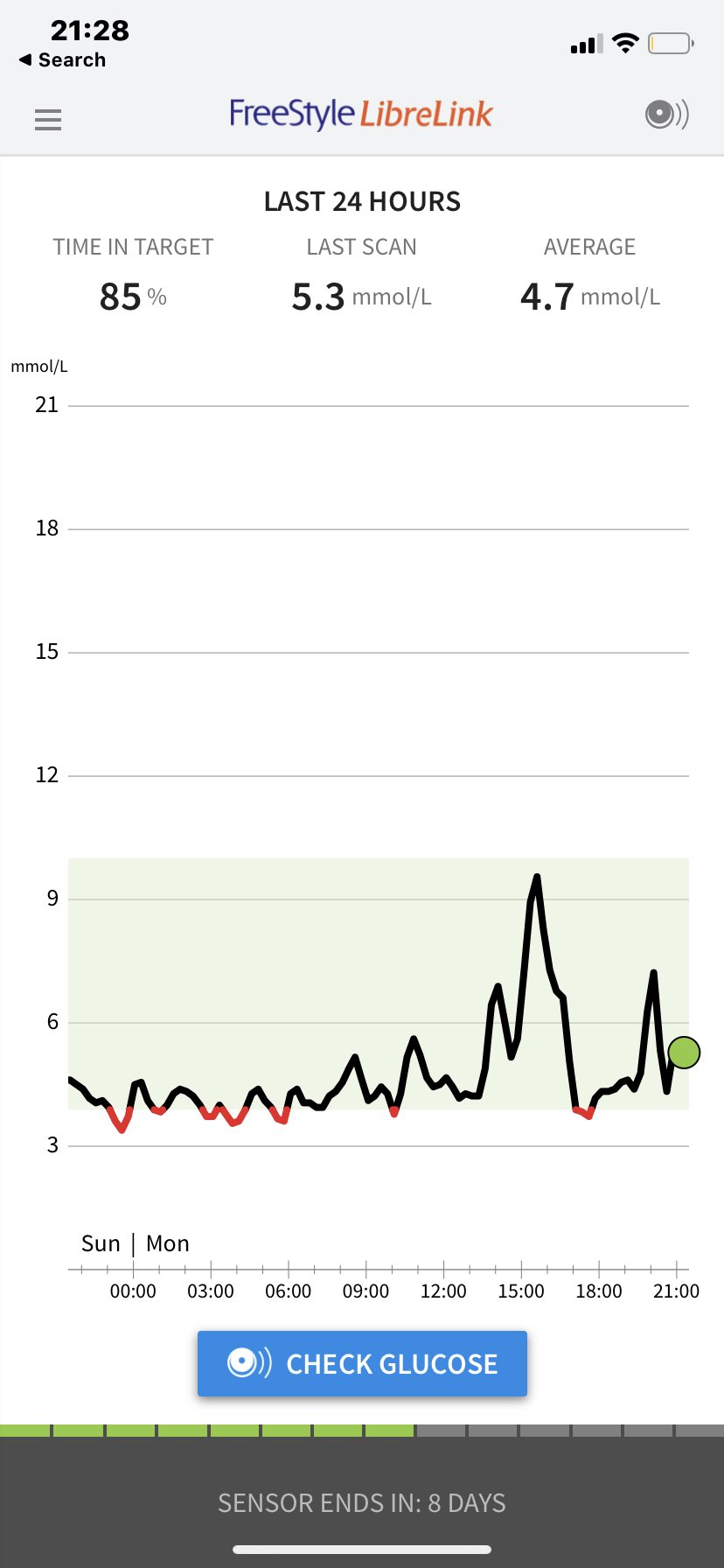- Messages
- 4
I guess this is a T1DM question. How often do you guys go low? and what do you consider to be "low"?
So I was having a conversation the other day with some non-diabetic friends, they were asking me how often I go "low", for me I hit the low 3's probably once every couple of days, sometimes more, sometimes less, and they asked "is that good"? to which I have no idea, I don't know if its "normal" to have those episodes or not.
I get that 4-6 is the optimum range, however, I don't get any physical symptoms until I hit about 3, so I'm not overly aware of, or concerned until I hit that point. Thankfully I have never passes out or had "a low incident", however, that leaves drawing a blank when I think about where that line actually is... So at what point is one actually in "danger"? and how often do people generally get it completely wrong and need serious help?
And is hitting the low 3's every couple of days "normal"?
So I was having a conversation the other day with some non-diabetic friends, they were asking me how often I go "low", for me I hit the low 3's probably once every couple of days, sometimes more, sometimes less, and they asked "is that good"? to which I have no idea, I don't know if its "normal" to have those episodes or not.
I get that 4-6 is the optimum range, however, I don't get any physical symptoms until I hit about 3, so I'm not overly aware of, or concerned until I hit that point. Thankfully I have never passes out or had "a low incident", however, that leaves drawing a blank when I think about where that line actually is... So at what point is one actually in "danger"? and how often do people generally get it completely wrong and need serious help?
And is hitting the low 3's every couple of days "normal"?



